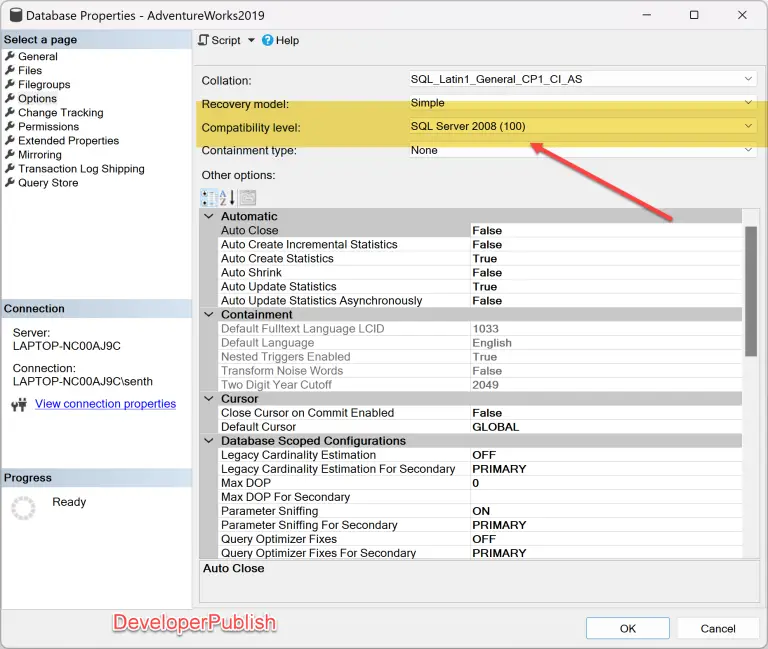In this blog post, let’s learn about the error message “4864 – Bulk load data conversion error (type mismatch or invalid character for the specified codepage) for row %d, column %d (%ls).” in Microsoft SQL Server, the reason why it appears and the solution to fix it.
SQL Server Error Message
4864 – Bulk load data conversion error (type mismatch or invalid character for the specified codepage) for row %d, column %d (%ls).
Reason for the Error
The SQL Server Error Msg 4864 is raised when a bulk load operation encounters a data conversion error. The error message indicates that there is a type mismatch or an invalid character in the data being loaded, which does not match the specified codepage.
This error can occur due to several reasons, including:
- Data type mismatch: If the data being loaded does not match the data type of the destination table column, a data conversion error may occur. For example, if the data type of the destination column is numeric, but the data being loaded is a string, a data conversion error may occur.
- Invalid character: If the data being loaded contains an invalid character that is not supported by the specified codepage, a data conversion error may occur. This can happen if the data being loaded was generated using a different codepage or encoding, and the destination database is not configured to support that codepage or encoding.
- Data formatting issue: If the data being loaded is not formatted correctly, it may cause a data conversion error. For example, if the data contains extra spaces or special characters, it may not match the expected format and cause an error.
Solution
To resolve this error, you can take the following steps:
- Check the data type of the source data and ensure that it matches the data type of the destination table column.
- Check the encoding or codepage of the source data and ensure that it is compatible with the destination database.
- Verify the data formatting and correct any issues that may cause a data conversion error.
- Use the appropriate data conversion functions to transform the source data to match the data type of the destination table column.


